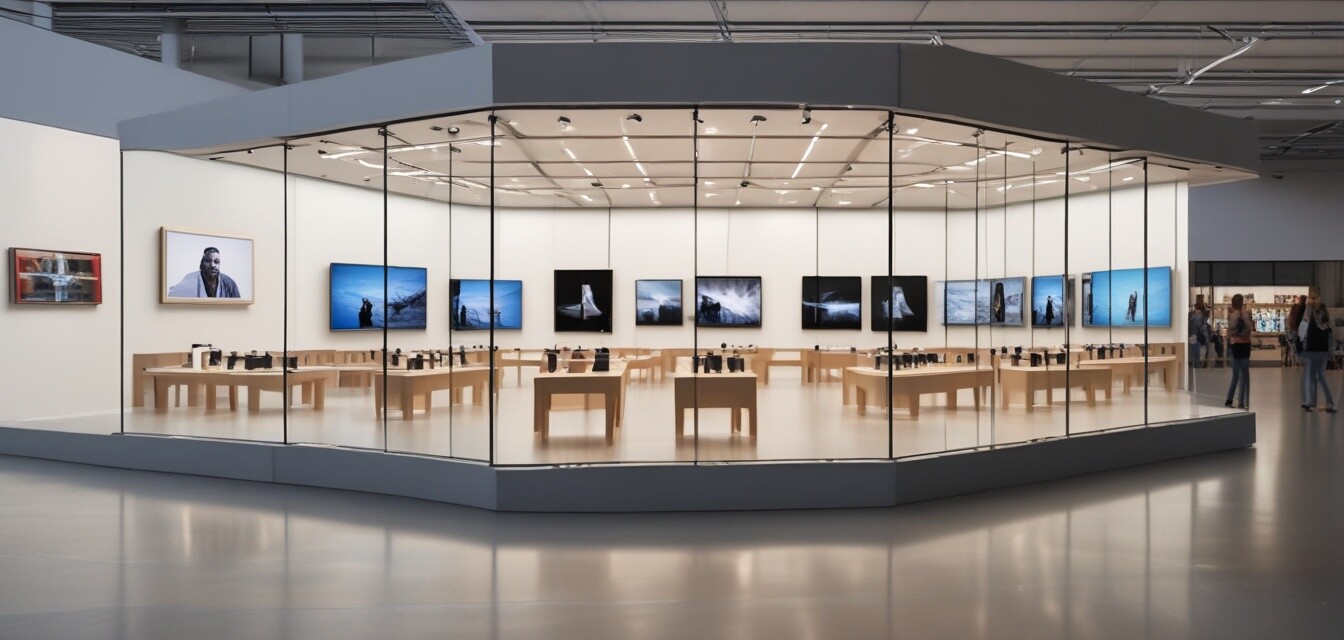
The evolution of Apple’s retail experience
Key Takeaways
- Apple's retail experience has significantly transformed to enhance customer engagement.
- The focus is now on creating an immersive and interactive shopping environment.
- Integration of technology to facilitate better customer assistance and personalized experiences.
- The emphasis on community engagement through various programs and workshops.
- Apple retail stores now serve as hubs for product education and brand loyalty.
Apple’s approach to retail has always been distinctive and innovative. As we dive into 2025, we can see a remarkable transformation in how Apple engages its customers. The evolution of Apple retail stores over the years has redefined not just shopping but customer interactions as a whole. Let’s explore this journey of innovation.
The changing landscape of Apple retail
Over the years, Apple has adapted to the changing demands of consumers and advancements in technology. This section outlines the major shifts in Apple's retail stores and their impact on customer experience.
| Year | Key Changes | Description |
|---|---|---|
| 2001 | Introduction of Apple Stores | The first store opened in Tysons Corner, Virginia, focusing on brand experience. |
| 2010 | Retail Store Redesign | The introduction of the "table" concept for product displays enhances customer experience. |
| 2019 | Community Hubs | Stores began hosting workshops, encouraging community involvement and product education. |
| 2022 | Interactive Displays | Integration of AR and interactive displays to provide a more immersive shopping experience. |
| 2025 | Enhanced Engagement | Focus on service, personalization, and customer relationships surrounding the retail experience. |
Redefining customer engagement
Apple stores have shifted from merely being retail outlets to becoming community centers. Here are some notable advancements:
Pros
- Immersive customer experience with advanced technology integration.
- Building stronger community ties through workshops and events.
- Dedicated spaces for hands-on product testing and educational sessions.
Cons
- Potential overwhelm from technology for some customers.
- Higher overhead costs may affect product pricing.
- Need for continuous training for staff to keep up with tech advancements.
Technology as a tool for engagement
In 2025, Apple has leveraged technology not just for sales but for enhancing customer interactions. Here’s how technology plays a role:
- Augmented Reality: Customers can virtually try products and visualize them in their homes.
- Smart Staff Assistance: Staff equipped with iPads can provide detailed information on products in real-time.
- Personalized Experiences: Using purchase history and preferences, Apple can offer tailored recommendations.
The future of Apple retail stores
As we look ahead, Apple continues to evolve its retail experience. The future will likely focus on:
- Further integration of technology for seamless shopping experiences.
- Expansion of community engagement initiatives.
- Innovation in sustainable retail practices.
For further information on this topic, you can check our other engaging content related to Apple:
- Apple Buying Guides
- Latest iPhones
- MacBooks and Laptops
- AirPods and Audio Accessories
- Apple Tips and Tricks
Conclusion
Apple's retail experience continues to evolve, embracing new technologies while fostering community engagement. The blend of innovative store designs and customer-centric practices sets a new standard in retail. As consumers, we can look forward to experiencing an even more dynamic and enriching shopping environment in the years to come.